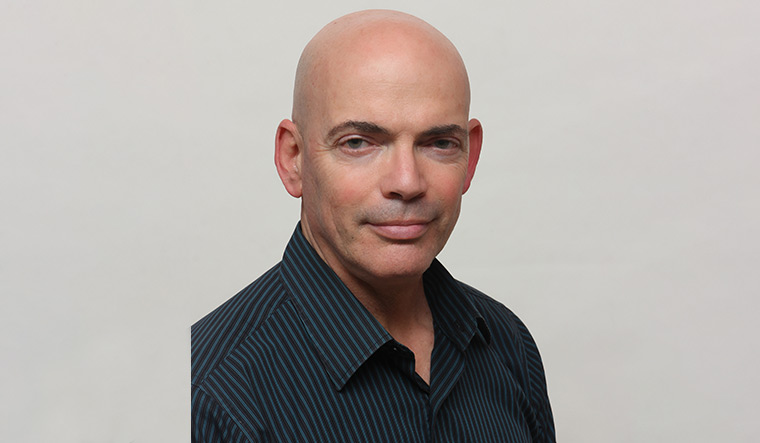The world’s first missile defence system, the Iron Dome, is facing its biggest test. More than 5,000 rockets were fired from Gaza on October 7, and though the Iron Dome intercepted most of them, many missiles hit the targets. The Israeli ministry of defence maintained that the Iron Dome minimised casualties.
Three months ago, THE WEEK interviewed the founder of the Iron Dome, Brigadier General (res) Daniel Gold, who is director at the Directorate of Defence Research and Development. Edited excerpts from the interview:
Q How did you plan and build the Iron Dome?
A In the late 1990s, I recognised the problem that missiles and rockets posed for Israel. I was head of the R&D unit in the Directorate of Defence Research & Development. I directed my team to explore options for developing a missile defence system. After the second Lebanon war, the government accepted our proposal for the Iron Dome.
The Iron Dome is an innovative, mobile system that defends against short-range rockets. It is capable of successfully handling multiple incoming threats simultaneously.
The Iron Dome has been regularly upgraded. While the hardware has remained largely unchanged, software updates have enhanced its capabilities to deal with larger salvos. The Iron Dome has in recent times demonstrated an impressive success rate of 96 per cent in thwarting attacks.
Q How are David’s Sling, Arrow 2 and Arrow 3 weapon systems being used?
A The Arrow 3 air and missile defence system has been operational since 2015. It is capable of intercepting exoatmospheric threats at very high speeds. Arrow 2 has been operational since 2000. It was developed based on lessons learned from the Gulf War. It will be phased out and replaced by Arrow 4. The Arrow family primarily focuses on countering high-altitude, long-distance threats ―such as the Iranian Shahab and other intermediate-range and intercontinental ballistic missiles.
David’s Sling, which became operational in 2017, is designed to intercept rockets, missiles, unmanned aerial vehicles and cruise missiles. It successfully carried out its first interception during the Shield and Arrow operation in May.
Also read
- Israel-Hamas war: US to airdrop food and supplies into Gaza
- Israel-Hamas war: Will Netanyahu agree to Palestinian state? Biden thinks so
- Israel-Hamas war: At least 68 killed in central Gaza in airstrike
- 'Bow my head in deep sorrow': Netanyahu, as army mistakenly kills 3 Israeli hostages in Gaza
- Israel-Hamas war: 'Doctors without Borders' writes open letter to UN to ensure immediate ceasefire
- Israel-Hamas war: India abstains on UN resolution calling for humanitarian truce
Q How is Israel preparing for hybrid warfare?
A We are working towards merging air defence systems with other defensive capabilities. One example of this integration is the inclusion of high-power laser technology into the air defence array. The overall system thus becomes more robust and effective in countering hybrid threats.
Furthermore, Israel is exploring technologies like machine learning and artificial intelligence for strengthening its preparedness for hybrid warfare scenarios.
Q Tell us about the Iron Beam high-power laser system.
A It has been under development for over a decade. In the last two years, there was successful demonstration of prototypes of the high-energy laser technology. The Iron Beam has now entered full-scale development. The ultimate goal is to integrate it into the Iron Dome. The Iron Beam is a game changer as it can significantly reduce costs associated with intercepting threats.


